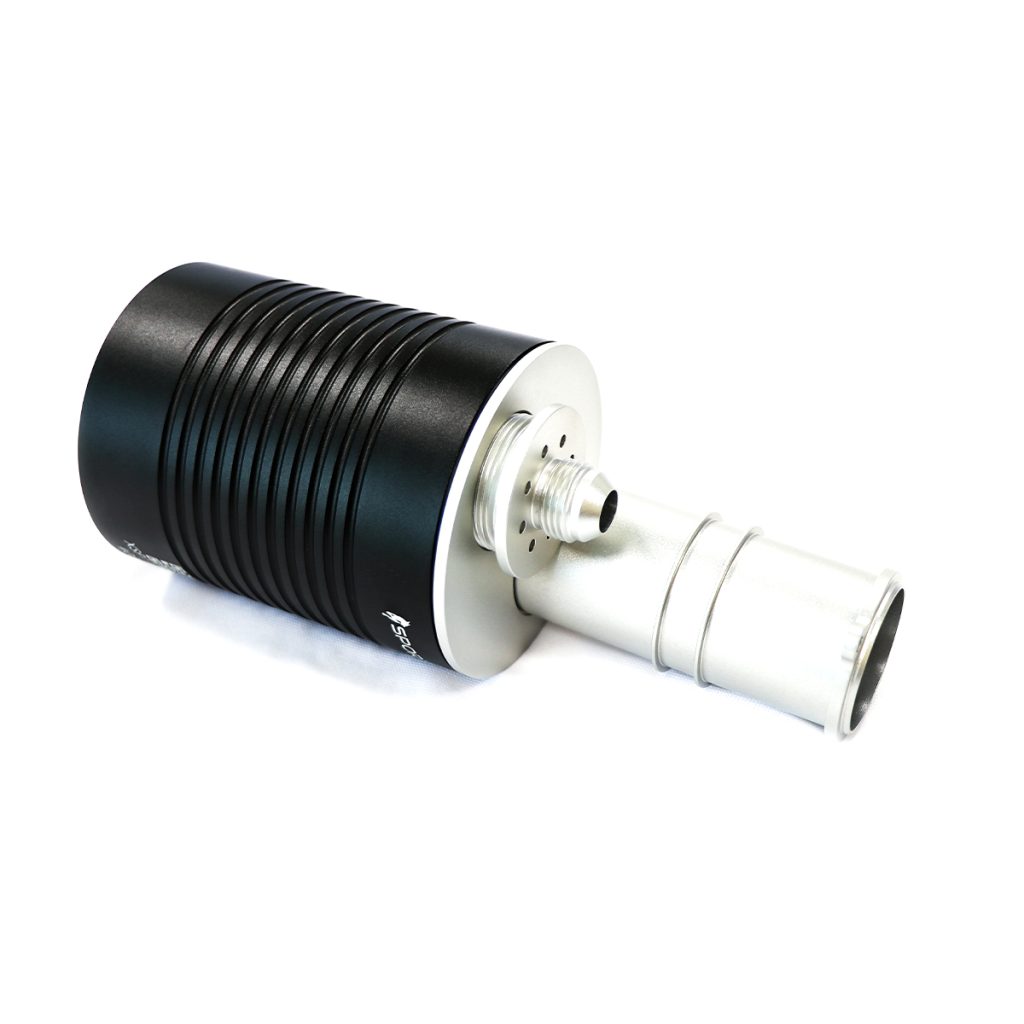In the competitive landscape of electric vehicle (EV) manufacturing, CNC machining costs for components like battery housings, motor parts, and chassis components can account for 25-35% of total production expenses. This article unveils proven strategies to cut costs without compromising quality, tailored for B2B clients in the EV supply chain.
Why Is Material Selection Critical for Cost Reduction in EV Component Machining?
The right material choice can slash machining costs by 20-40%. Here’s how to select strategically:
1. Aluminum Alloys vs. Steel
- 6061-T6 Aluminum:
- Cost: $3.50/kg (1/3 the cost of stainless steel)
- Machinability: 3-5x faster cutting speeds than steel, reducing cycle time
- Case Study: Tesla’s Model 3 battery housing uses 6061-T6, cutting machining costs by $120/unit vs. steel alternatives.
2. Recycled Materials Opportunities
- Post-Consumer Aluminum:
- Costs 35% less than virgin material, with 95% retained properties
- Application: Nissan Leaf motor brackets use 70% recycled 6061-T6, saving $850,000 annually.

How to Optimize CNC Machining Processes for EV Components?
Process refinement is key to eliminating waste:
1. 5-Axis Machining for Complex Parts
- Single-Setup Advantage:
- Reduces setup time from 4 hours to 1 hour for battery tray components
- Example: BYD uses 5-axis DMG MORI machines for EV motor casings, cutting labor costs by 60%.
2. Cutting Parameter Optimization
| Component | Material | Optimal Spindle Speed | Feed Rate | Tool Life |
| Battery Housing | 6061-T6 | 12,000-15,000 RPM | 1,500-2,000 mm/min | 150 parts/tool |
| Motor Stator | 7075-T6 | 8,000-10,000 RPM | 800-1,200 mm/min | 100 parts/tool |
3. Dry Machining vs. Coolant Strategies
- Minimum Quantity Lubrication (MQL):
- Reduces coolant costs by 80% vs. flood cooling
- Used by Rivian for aluminum chassis parts, saving $45,000/month.
Why Does Design for Manufacturability (DFM) Matter in EV Component Machining?
DFM modifications can lower machining costs by 15-30%:
1. Feature Simplification
- Avoiding Tight Tolerances:
- Relaxing tolerances from ±0.01mm to ±0.05mm on non-critical surfaces reduces machining time by 40%
- Example: Lucid Motors optimized their EV gearbox design, cutting machining costs by $90/unit.
2. Modular Design
- Standardized Inserts:
- Using interchangeable inserts for battery tray components reduces tooling costs by 50%
- Tesla’s Gigafactory employs modular designs, cutting inventory costs by $2.3M/year.
How to Reduce Tooling Costs in EV Component Machining?
Tooling represents 15-20% of machining costs—here’s how to optimize:
1. Cermet Tools for High-Speed Machining
- Performance Metrics:
- Cut speeds: 300-500 m/min (2x faster than carbide)
- Tool life: 3-5x longer than traditional carbide tools
- Used by BMW i3 for motor shaft machining, saving $18/part.
2. Tool Reconditioning Programs
- Re-Sharpening & Coating Renewal:
- Extends tool life by 2-3 cycles, reducing tooling costs by 35%
- Case Study: Volkswagen’s ID. series uses tool reconditioning, saving $1.2M annually.
Why Is Predictive Maintenance Key to Cost Control?
Unplanned downtime costs $5,000-$10,000/hour for CNC machines. Preventive strategies include:
1. IoT-Based Machine Monitoring
- Vibration Analysis:
- Detects tool wear 24 hours in advance, reducing breakages by 50%
- Example: Rivian uses Predictive Maintenance software, cutting downtime from 12% to 3%.
2. Spindle Health Tracking
- Thermal Expansion Monitoring:
- Maintains temperature within ±1°C, preventing thermal errors
- Used by NIO for EV motor machining, improving precision from ±0.03mm to ±0.01mm.
How to Leverage Lean Manufacturing for EV Machining?

Lean principles eliminate waste in production:
1. Cellular Manufacturing
- Dedicated EV Component Cells:
- Reduces material handling time by 60%, cutting labor costs
- Tesla’s Fremont factory uses cells for battery components, improving OEE from 65% to 89%.
2. Just-In-Time (JIT) Production
- Reduced Inventory Costs:
- JIT for EV parts reduces carrying costs by 40%
- Case Study: BYD’s Shenzhen plant implemented JIT, saving $4.7M/year in warehousing.
How to Choose a Cost-Effective CNC Machining Partner for EV Components?
Partner selection directly impacts cost structure:
1. Geographic Cost Arbitrage
- Regional Cost Comparison:
- North America: $380-$550/part
- Eastern Europe: $220-$340/part
- Southeast Asia: $180-$260/part
Note: Add $3-8/part for sea freight.
2. Volume-Based Pricing Models
- Tiered Pricing Structures:
- 1-100 parts: $450/unit
- 101-500 parts: $320/unit
- 501+ parts: $275/unit
- Example: GM secured a 38% cost reduction by committing to 10,000 parts/year.
Conclusion: Cost Optimization as a Competitive Edge
By integrating material strategy, process optimization, and lean manufacturing, B2B clients can achieve:
- 25-45% reduction in CNC machining costs
- 30-50% improvement in production efficiency
- 20-30% shorter lead times
Ready to transform your EV component machining costs? Contact us for a free cost audit, including:
- Material substitution analysis for your components
- CNC process simulation with cost projections
- Lean manufacturing roadmap for your facility

